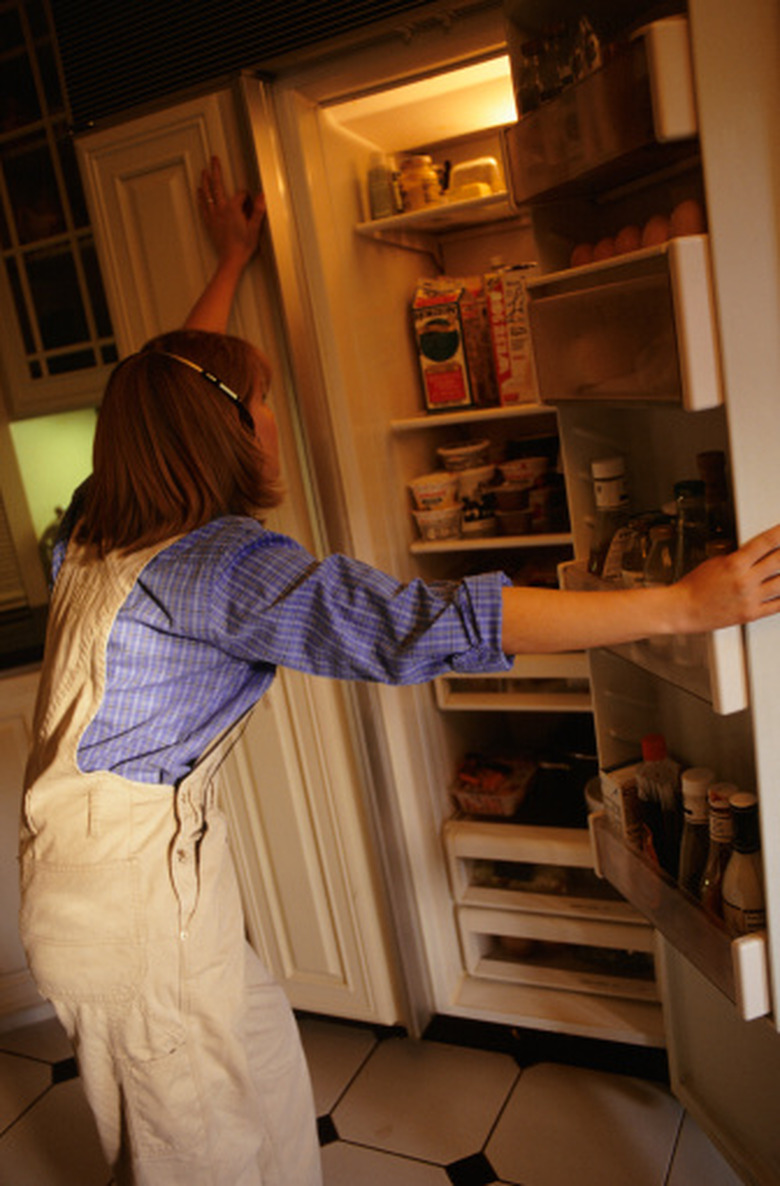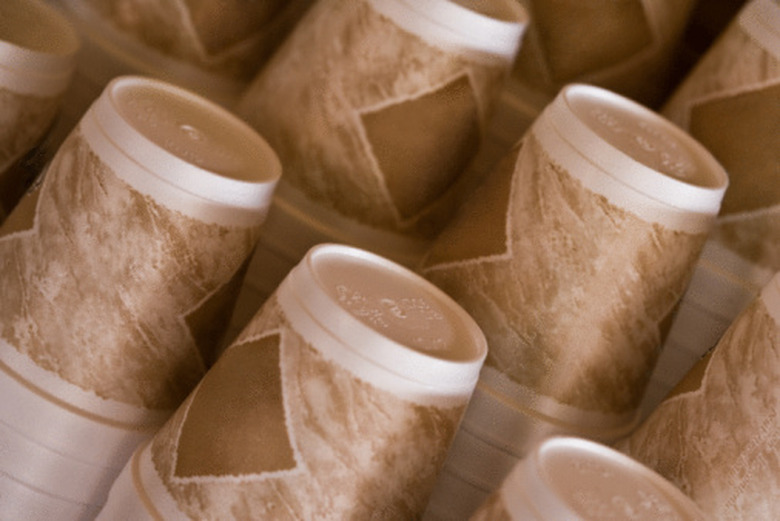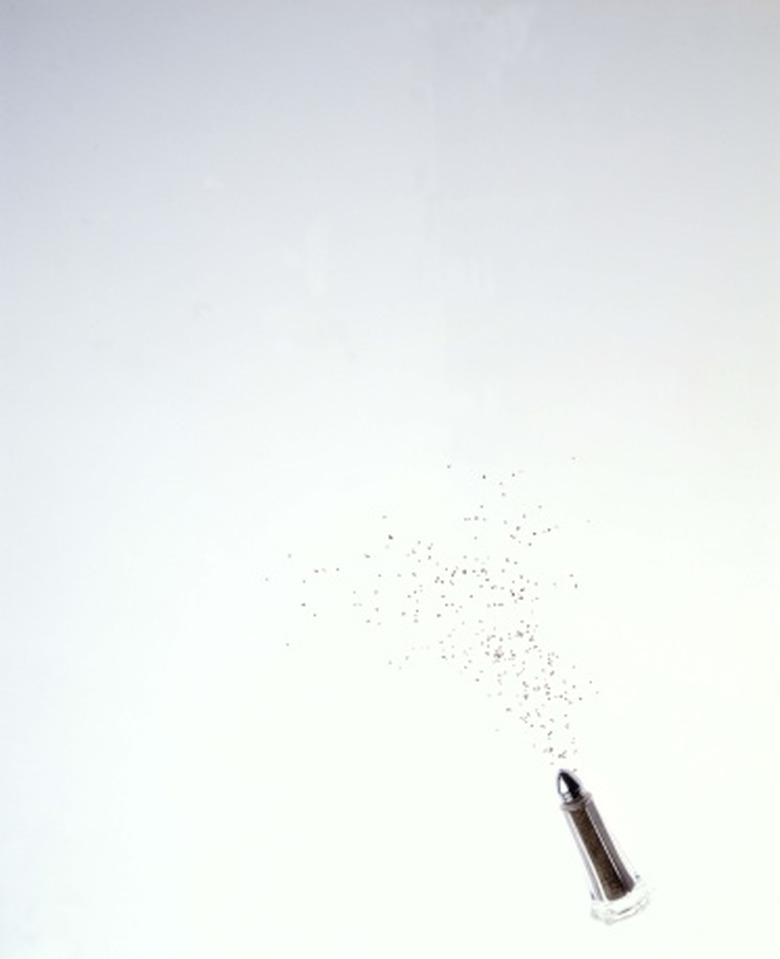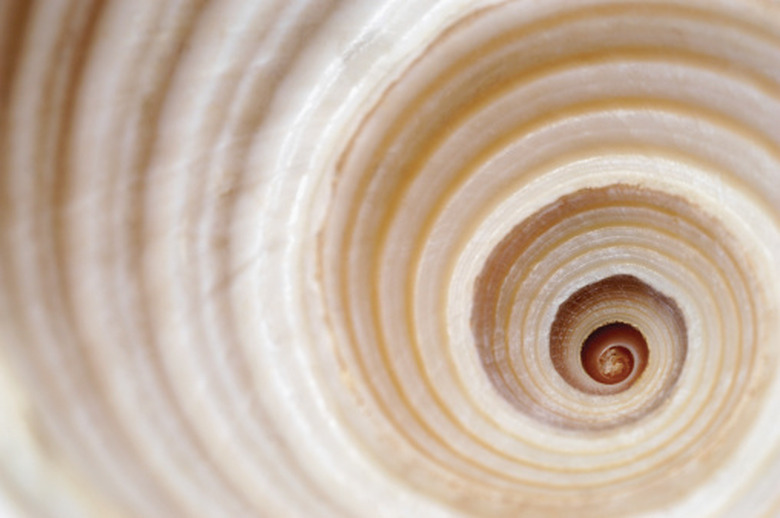Simple Science Projects For Ten Year Olds
By age ten, students have had a variety of experiences in science. You can build on those experiences and deepen their knowledge by setting up several simple science experiments at home. Chemistry, physics and biology can all be explored right in your own kitchen with objects you likely already have on hand.
Oil and Water Reversal
Oil and Water Reversal
Help your 10-year-old child explore density with a science project right in your own kitchen. Pour 1/2 cup of water and 1/2 cup of vegetable oil into a clean, 20-oz, soda bottle. Twist on the cap. No matter how vigorously your child shakes the bottle, the water will always settle below the oil. Place the bottle in the freezer for about eight hours, however, and watch your child's surprise at the result. Because water expands as it freezes, it becomes less dense. When checking back, your child will see that the ice has moved to settle above the oil. As the ice begins to thaw, it contracts, becomes denser, and once again settles below the oil.
Cups on the Move
Cups on the Move
Bernoulli's principle states that wind blowing between two objects drops the air pressure, causing the items to lift toward each other. Allow your child to watch this in action. Poke a small hole in the bottom of two disposable cups. Thread a string through the hole and tie a knot at the end of the string inside the cup. Hang the cups up-side-down from a stick or dowel suspended between two supports. When the cups are still, blow a strong stream of air between them. Your child will watch as the two cups move toward each other, rather than away in the wind.
Pepper on the Run
Pepper on the Run
Water is formed from two hydrogen atoms bonded with one oxygen atom. This bond, called water tension, is quite strong. Although Water is rather sticky and likes to hold together, it is possible to weaken the bond. Demonstrate this by filling a white bowl with water. Sprinkle 1 tablespoon of black pepper across the surface, and watch as it spreads. Then, place a dab of soap on your child's finger and tell her to touch the center of the water. Immediately, the black pepper will race to the bowl's edge. Soap interrupts and weakens the water tension, causing the top layer of water to whisk away to the bowl's edge.
Spinning with Heat
Spinning with Heat
Heat has energy, which is easy to demonstrate at home. Cut a circle of tissue paper about the size of a small plate. Beginning at the edge, use the scissors to cut a spiral throughout the circle all the way to the center of the circle. Lift the tissue paper from the outer edge of the spiral and tie this section to a piece of string. Hold the spiral over an incandescent light bulb. Slowly, your child will begin to see the tissue paper spiral twirl in the heat of the light. As the heat from the light bulb rises, it pushes the spiral tissue paper in a circular motion.
Cite This Article
MLA
Rynsburger, Miska. "Simple Science Projects For Ten Year Olds" sciencing.com, https://www.sciencing.com/simple-projects-ten-year-olds-8271537/. 24 April 2017.
APA
Rynsburger, Miska. (2017, April 24). Simple Science Projects For Ten Year Olds. sciencing.com. Retrieved from https://www.sciencing.com/simple-projects-ten-year-olds-8271537/
Chicago
Rynsburger, Miska. Simple Science Projects For Ten Year Olds last modified August 30, 2022. https://www.sciencing.com/simple-projects-ten-year-olds-8271537/




